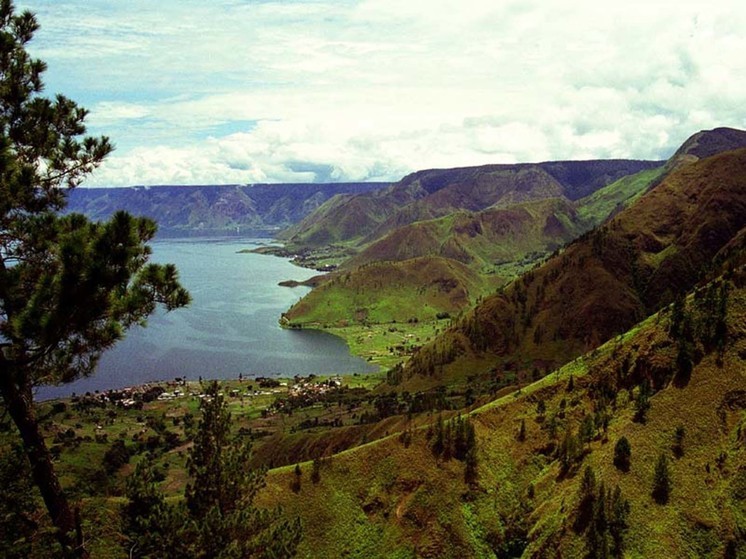How an eruption prompted ancient people to migrate
Having studied the site of ancient people located in East Africa, scientists became more familiar with the diet of Homo sapiens, the ways of their adaptation to harsh natural conditions, and also found out why they had to leave Africa.

At the beginning of the 2000s, during a survey of the tributaries of the Blue Nile, scientists found an archaeological site designated Shinfa-Metema-1 and located in the north-west of Ethiopia. During the study, many bones with traces of cutting were discovered, as well as layers with tens of thousands of stone flakes and plates, thanks to which scientists concluded that people lived there during the Paleolithic period.
By the way, living in the East African Homo sapiens also had a more developed consciousness than originally thought: they not only knew how to make primitive tools from stones and minerals, but also arrowheads (it was previously assumed that the bow was invented twenty thousand years later in the territory of today's France (cave Mandrin, 54 thousand years ago).
Having studied the diet of ancient people, scientists found that initially their diet consisted only of a “meat diet”: small ungulates (sometimes warthogs and giraffes), snakes, small birds, guinea fowl, rodents, rabbits, lizards, frogs, monkeys and even ostrich eggs , which the inhabitants cooked on fire. However, at some point the menu was supplemented with “fish items”. Such changes are associated with the arid climate of those years: after the main riverbed dried up, people went to lakes and rivers, where they not only hunted animals that came to drink, but also caught fish with their hands (as the local population still does today) .
It was necessary to find out the age of the site: turning to cryptotephra (a set of methods that allows you to accurately date sediments if they contain eruption products), scientists discovered microscopic inclusions of glass that belonged to the Toba supervolcano (Sumatra island). They probably got here after the largest eruption that occurred 74 thousand years ago. Some experts say the cataclysm led to a “volcanic winter,” which brought the human species to the brink of extinction. After the tragedy, people had no choice but to go in search of food and shelter, leaving Africa.
And although scientists from Ethiopia and the United States doubt that the inhabitants of Shinfa-Metema-1 are our ancestors who were the first to migrate to Eurasia; the site is still an invaluable find because it illustrates how the movement may have occurred. Thus, it was previously believed that Homo sapiens migrated from Africa during a favorable period, however, as it turned out, this did not necessarily happen in the wrong way. The ancestors perfectly adapted to resource shortages and drought: they moved along dry riverbeds in search of reservoirs and animals that had accumulated near them. The authors call this phenomenon the “blue highway.”
Tests in the face of natural phenomena forced people to become more flexible, and also to go to the development of new lands, launching the process of development of Eurasia. However, for now, new findings are needed to confirm the hypothesis.
























































Свежие комментарии